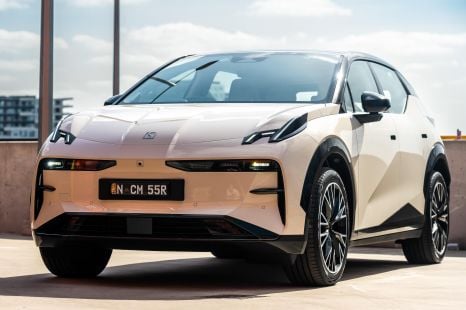

James Wong
7.9
5 Days Ago
Steering is one of the most fundamental and intimate aspects of the driving experience. So do these new technologies work?

Contributor
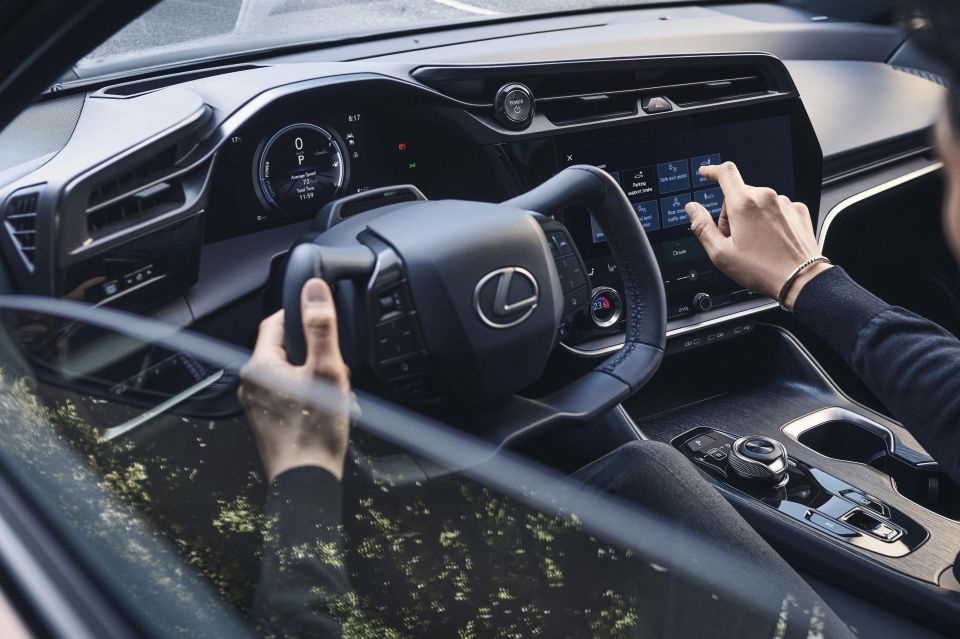

Contributor
Steering is one of the most essential parts of driving, and steering feel and weight, as well as the feedback through the tiller about what the front wheels are doing, play a critical role in a driver’s impression of the overall dynamic abilities of their vehicle.
In the age of electrically-assisted power steering (EPAS), the steering wheel also serves as a conduit through which driver assistance systems such as lane departure warning (LDW), lane keep assist (LKA), and lane centring, work.
Many manufacturers send vibrations through the wheel for LDW, and LKA often allows the car to control the steering wheel motors when it detects the vehicle is about to veer into another lane.
This means any developments in steering technology have the potential to substantially change how a car feels to the driver. Steer-by-wire systems, including their application in conjunction with aeroplane-style yoke steering wheels, is one of these technologies.
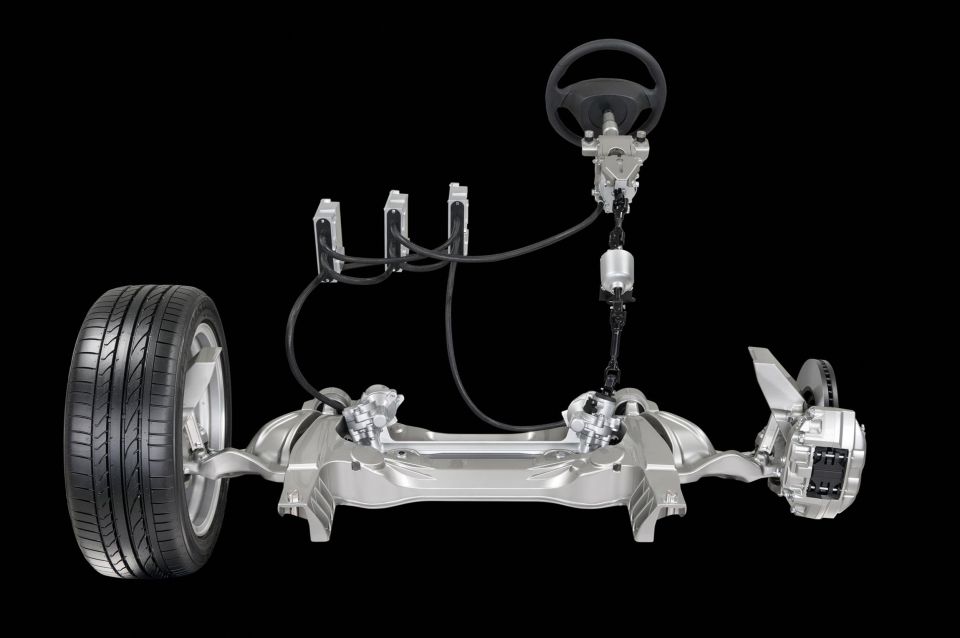
Steer-by-wire means, unlike in previous electro-hydraulic and electric power assisted steering systems, there is no direct mechanical connection between the steering wheel and the front wheels that turn the car.
Instead, the driver’s inputs are interpreted by a computer, which in turn sends instructions to motors that can manipulate the rack and pinion steering system to turn the front wheels by the required amount.
The Infiniti Q50 and Q60 were the first mass-produced cars to offer steer-by-wire standard across their line-ups. Infiniti said it was developed with input from F1 driver Sebastian Vettel, and branded the system Direct Adaptive Steer (DAS).
It made use of a ‘steering force sensor’ that translated inputs to a small electric motor directly linked to the wheels. Infiniti’s system featured a backup electric motor, as well as a mechanical linkage that could be activated (automatically) via a clutch in the event both the primary and backup electric motors failed.
Infiniti argued its system offered numerous benefits, including insulating drivers from unwanted shocks such as from potholes from the road. Infiniti claimed the system offered a greater variety of ‘feels’ when shuffling through drive modes than conventional steering systems, too.
Other advocates of steer-by-wire systems claim advantages in packaging and weight reduction, as motors take up less space than mechanical linkages, which may be handy in fully realising the packaging benefits offered by electric vehicles.
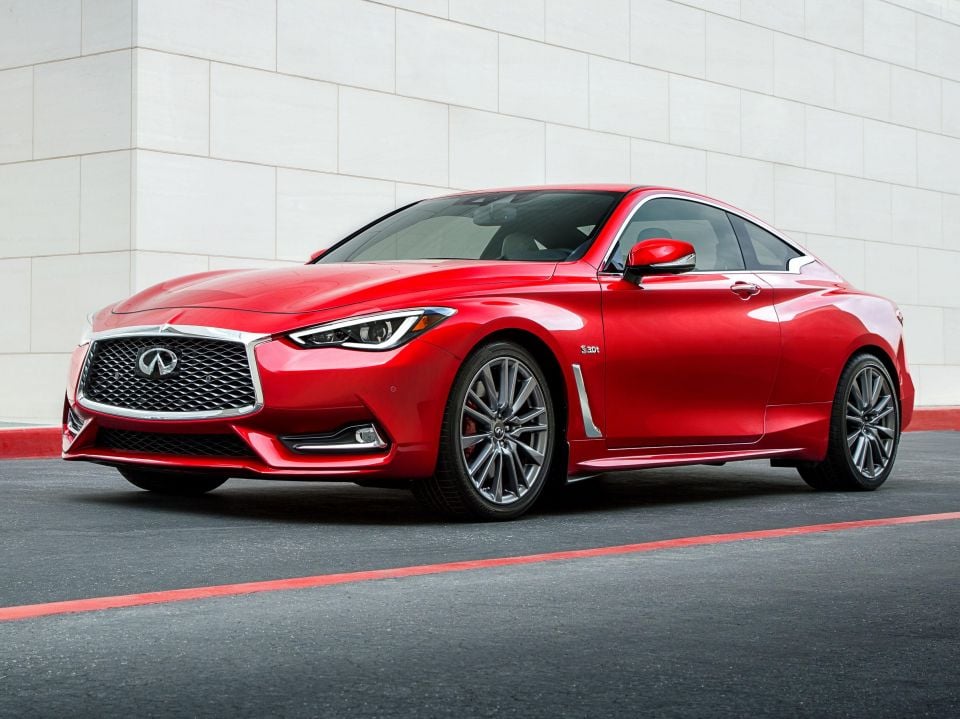
The ability to calibrate advanced driver assistance systems much more precisely has also been raised as a benefit, which could be a necessary step on the pathway to autonomous driving.
Unfortunately for Infiniti, most buyers did not take to the DAS in the Q50 and Q60, complaining it felt unnatural and offered a ‘video game’ experience. This adverse public reception led to Infiniti not using the system in future models.
(A survey of the CarExpert office found zero fans of the Q50 and Q60’s steering system among those who’d experienced it – Ed.)
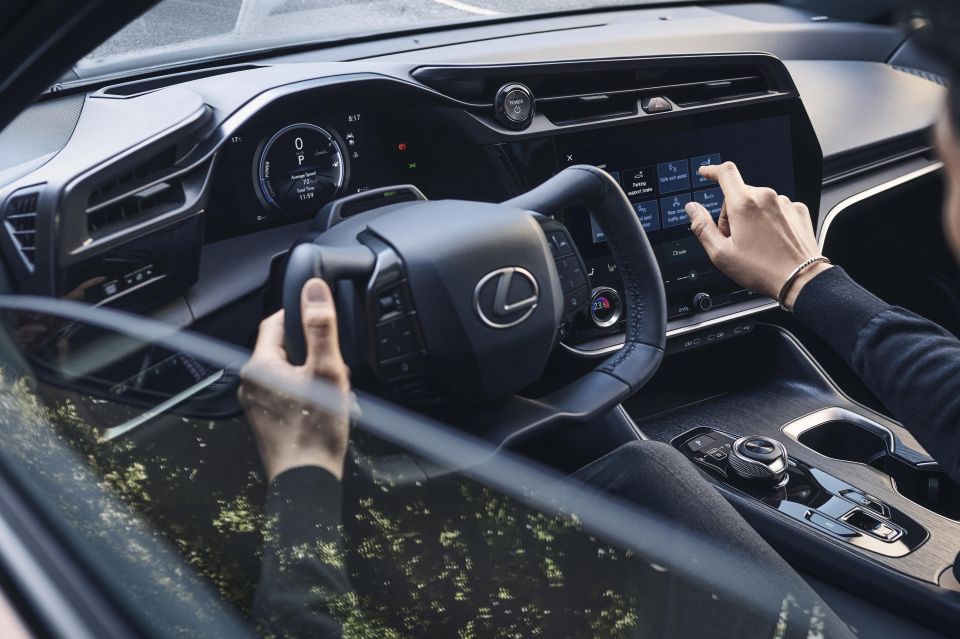
The fitment of more compact, aeroplane style ‘yoke’ steering wheels is becoming increasingly common.
These cut the top, bottom, or both sections from a conventional steering wheel rim, reducing size and potentially increasing visibility of the instruments… at the expense of ease when it comes to hand-over-hand actions such as three-point turns.
Tesla’s recently-refreshed Model S and Model X were some of the earliest vehicles to be released with yoke-style steering wheels. CEO Elon Musk justified the decision by claiming the wheel improved visibility of the digital instrument cluster ahead, and ‘looked cool’.
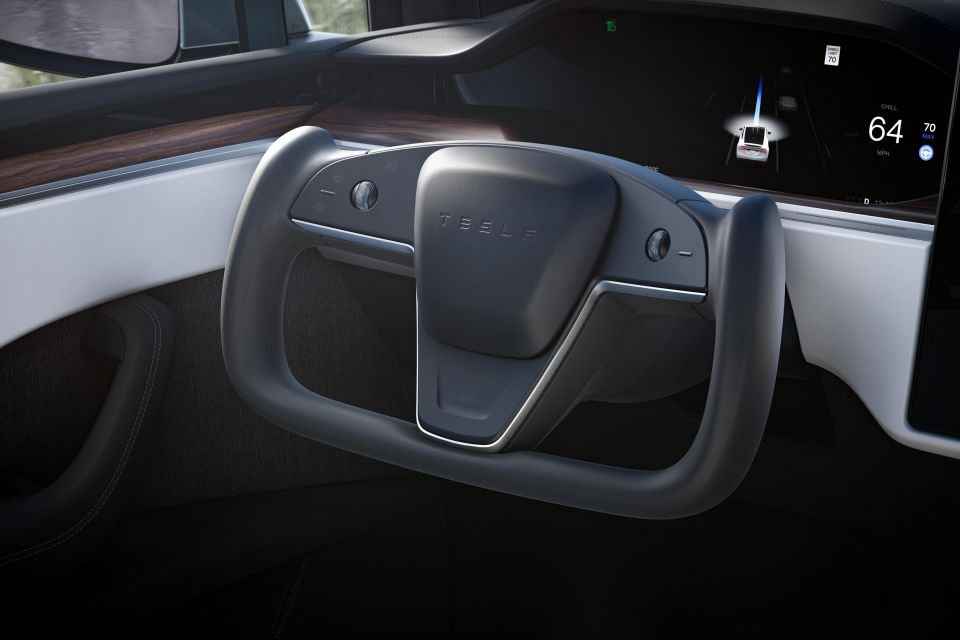
The primary issue with the Tesla approach is the company stuck with its fixed 14.0:1 steering ratio, rather than any steer-by-wire or variable/progressive steering system to reduce turning effort at low speed.
Whilst this system may have worked on wider roads, some owners and reviewers argue the fixed steering ratio renders the car impractical to control on three-point turns and other manoeuvres that require hand-over-hand movements.
This can be contrasted with the yoke system developed by Toyota and Lexus, available optionally in certain markets on the new bZ4X and Lexus RZ. Known as ‘One Motion Grip’, the yoke works in conjunction with a steer-by-wire system, similar conceptually to Nissan’s DAS.
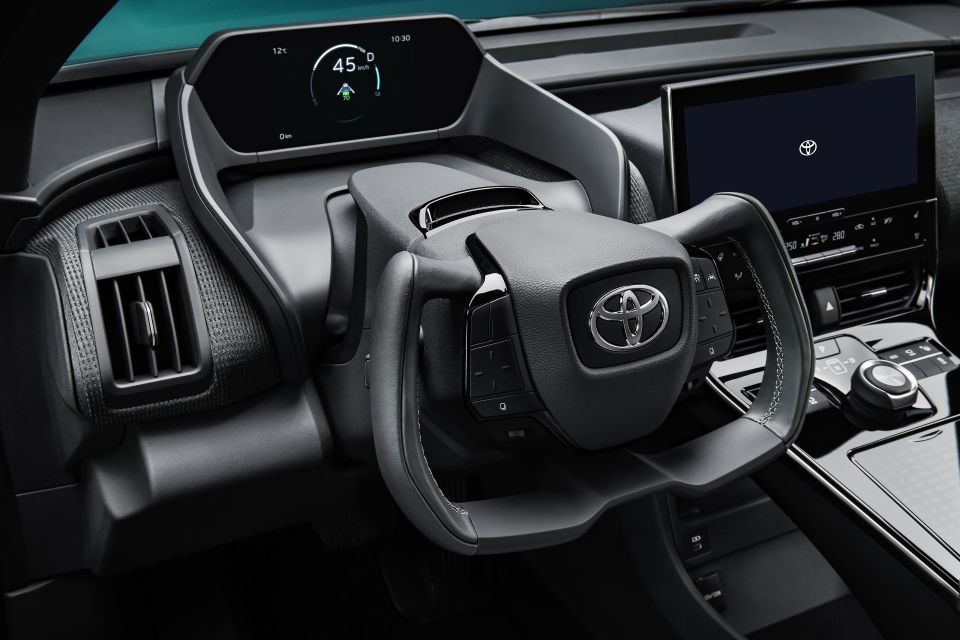
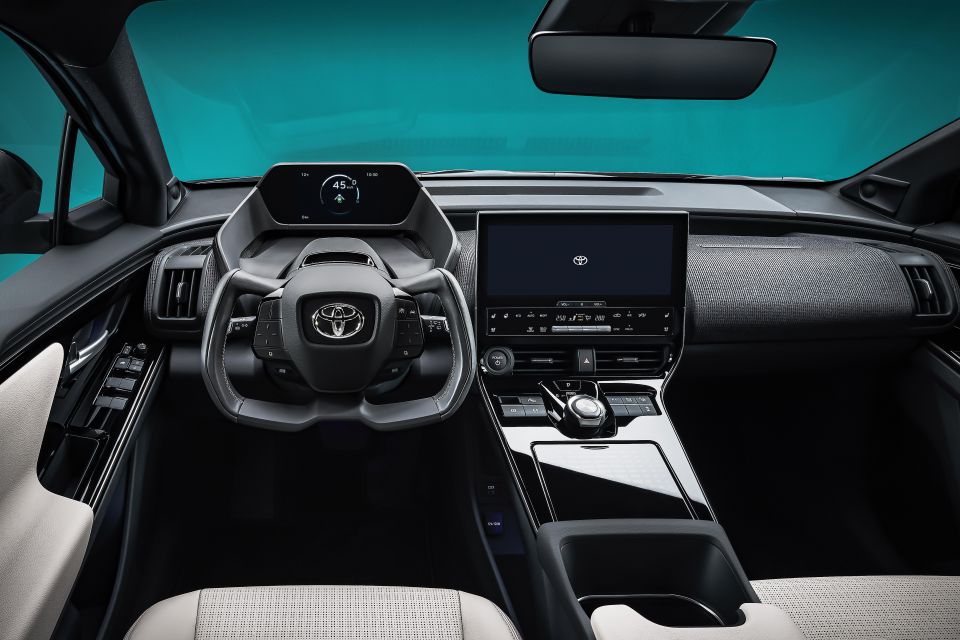
The steer-by wire system enables Toyota to constantly and independently alter steering weight and speed, so the steering gets dramatically faster during the last 10-20 degrees of travel, facilitating a lock-to-lock angle of 150 degrees. In other words, you can keep your hands on the wheel essentially all the time.
This means that in situations such as U-turns or three-point turns, the driver does not need to change their grip or use hand-over-hand motions to control the car.
Toyota also claims other benefits with using the One Motion Grip steering wheel, including greater interior design flexibility, greater economy of movement and easier control, as well as a more harmonious steering feel and better driving responses.


James Wong
7.9
5 Days Ago
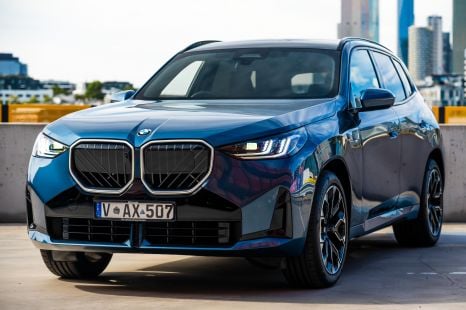

Jack Quick
8.4
4 Days Ago
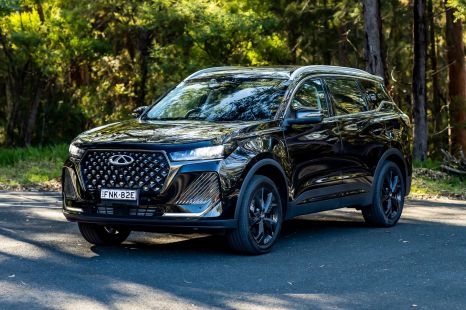

Matt Campbell
8.1
3 Days Ago
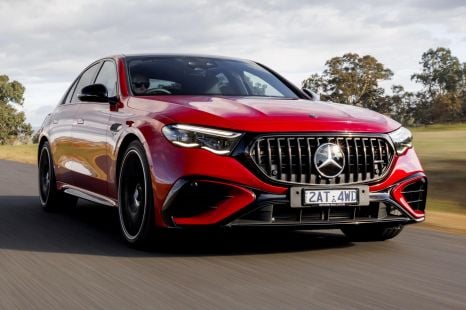

Max Davies
8
2 Days Ago


James Wong
8.1
19 Hours Ago
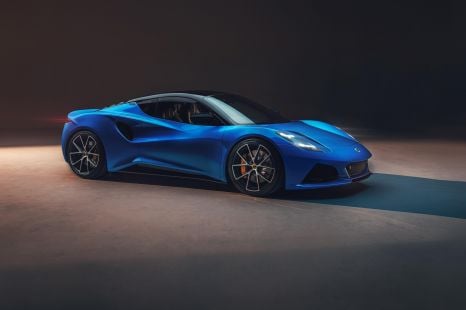

Marton Pettendy
17 Hours Ago